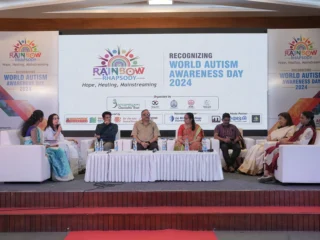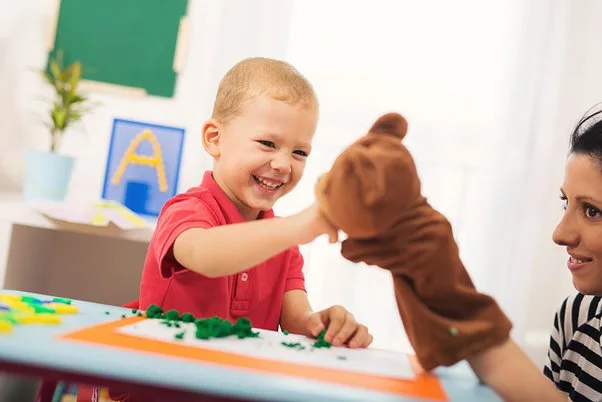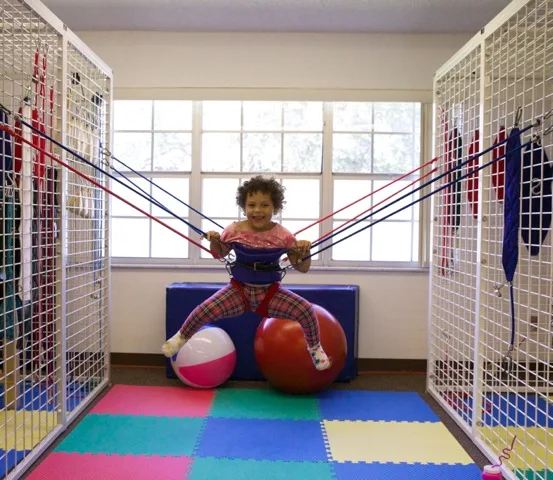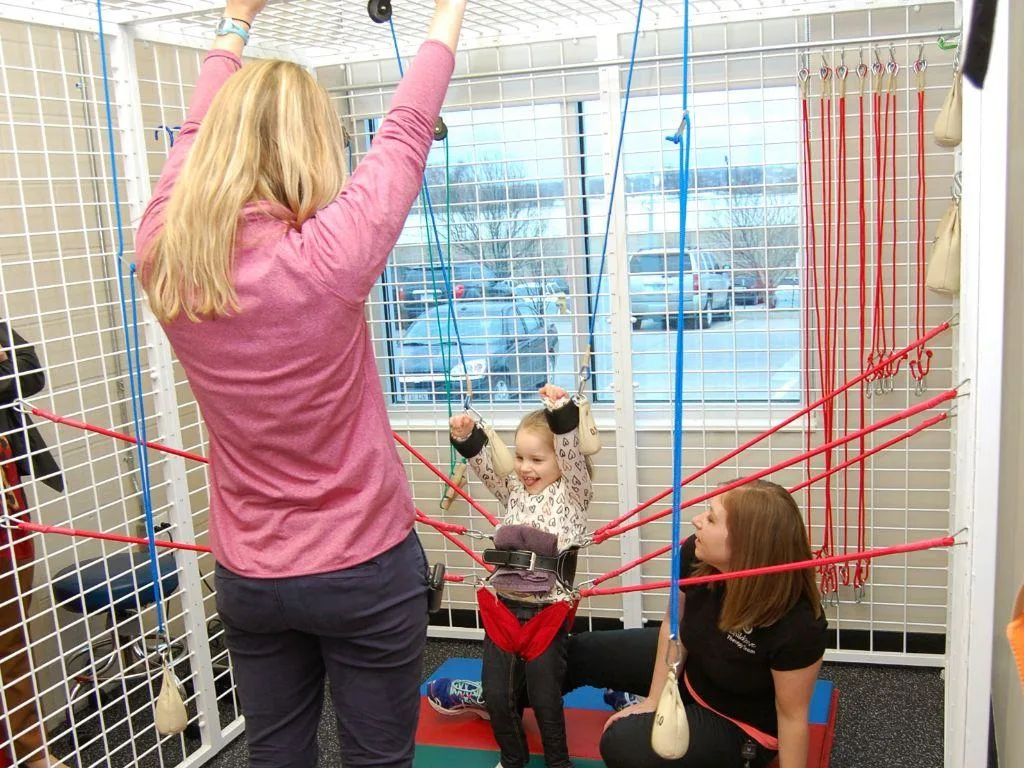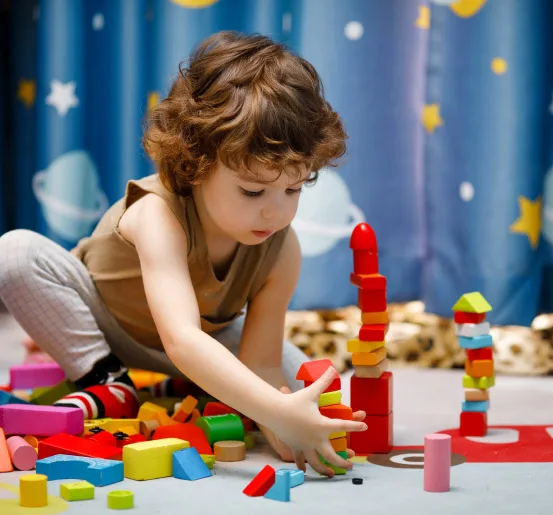Illuminating Autism Awareness Day: A Reflection on Rainbow Rhapsody
As we commemorate Autism Awareness Day, we are reminded of the profound significance of this observance a day dedicated to raising awareness, understanding, and acceptance of autism spectrum disorder (ASD). At Jeevaniyam Ayurveda Hospital, under the guiding vision of Dr. Reshmi Pramod, we join the global community in recognizing the importance of empowering autistic voices. This year, the theme ‘Empowering Autistic Voices’ resonates deeply with our commitment to provide unwavering support to individuals with ASD, enabling them to thrive and contribute meaningfully to society.
Central to our commemoration is Rainbow Rhapsody—a poignant initiative that extends far beyond a single day’s celebration. Inspired by the vibrant symbolism of the rainbow, embodying hope, beauty, and inclusivity, and enriched by the emotional depth of “rhapsody,” symbolizing a profound artistic expression, Rainbow Rhapsody embodies a journey of understanding and empowerment for autistic individuals.
At its core, Rainbow Rhapsody celebrates the diverse strengths and qualities of each autistic child, rejecting a one-size-fits-all approach in favor of tailored support and intervention. Through sensitizing awareness, diagnosis, therapy, and career development, Rainbow Rhapsody serves as a beacon of hope and progress, nurturing a culture of acceptance and inclusivity.
The success of Rainbow Rhapsody was evident in the vibrant panel discussions and immersive experiences that enriched the day. Parents and community members gained valuable insights into understanding and supporting autistic individuals, discovering the unique talents and evolving potentials of each child. This event marks not the end but the beginning of a continuous journey towards fostering awareness, acceptance, and empowerment.
During Rainbow Rhapsody, we were honored to provide a stage for autistic children to showcase their true potential and talents. Through creative expressions, performances, and interactive activities, these remarkable individuals had the opportunity to shine brightly, demonstrating their unique abilities and contributions. By fostering an environment of acceptance and encouragement, we not only celebrated their achievements but also provided invaluable support to help them realize their aspirations and dreams. This empowering experience reaffirms our commitment to nurturing the inherent talents and capabilities of every autistic individual, paving the way for them to achieve their fullest potential and lead fulfilling lives.
As we reflect on Autism Awareness Day and the profound impact of Rainbow Rhapsody, we are reminded of the transformative power of compassion, understanding, and unity. Together, let us continue to champion the rights and dignity of individuals with autism, celebrating their unique voices and contributions to our world.



